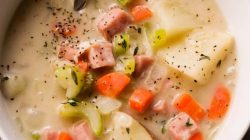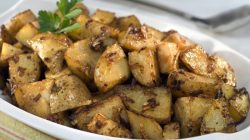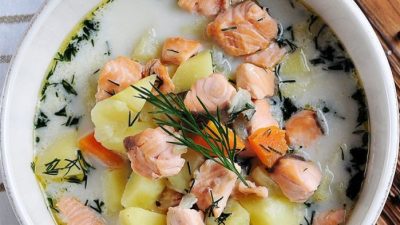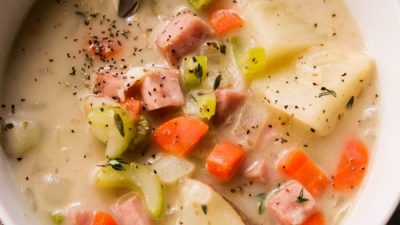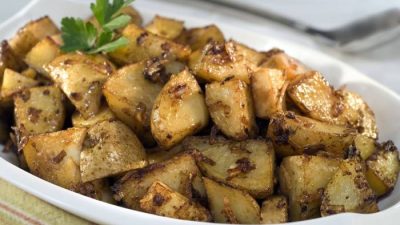Crab Bisque Recipe Variations
Recipe for crab bisque soup – This section explores three variations on the classic crab bisque recipe: a classic rich version, a lighter, healthier alternative, and a spicy rendition for those who prefer a kick. We’ll detail the key ingredient differences, cooking methods, and nutritional information for each.
Classic Crab Bisque
The classic crab bisque emphasizes richness and depth of flavor. It typically uses a generous amount of heavy cream, butter, and a flavorful seafood stock. The simmering process is longer, allowing the flavors to meld beautifully. The result is a luxurious, velvety soup with a pronounced crab flavor.
Lighter Crab Bisque
This variation prioritizes a lighter, healthier profile. It reduces the amount of heavy cream, often substituting some with milk or half-and-half. Butter is used sparingly, and the seafood stock may be enhanced with additional vegetables for added nutritional value. The simmering time might be slightly shorter. The resulting bisque is still creamy but less decadent, ideal for those watching their calorie intake.
Spicy Crab Bisque
This version adds a fiery kick with the inclusion of chili peppers, such as jalapeños or serrano peppers. The spice level can be adjusted to individual preference. Other ingredients like cayenne pepper or a dash of hot sauce can be incorporated for added heat. The cooking method remains similar to the classic version, but the spice adds a distinct layer of flavor complexity.
Comparison of Crab Bisque Variations
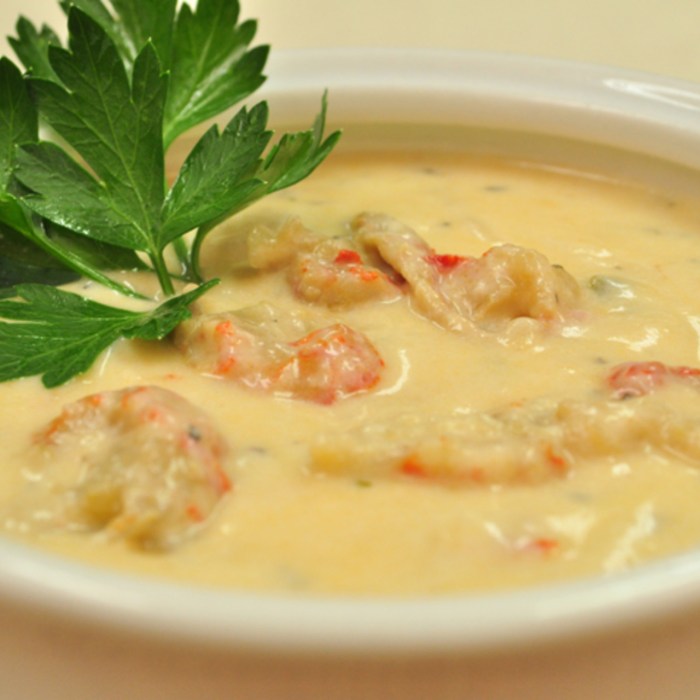
Source: cloudinary.com
The table below summarizes the key differences in cooking methods and nutritional information across the three variations. Note that nutritional information is approximate and can vary based on specific ingredients used.
| Recipe Variation | Simmering Time (approx.) | Calories (per serving) | Fat (per serving) | Protein (per serving) |
|---|---|---|---|---|
| Classic | 30-40 minutes | 350-400 | 25-30g | 20-25g |
| Lighter | 20-25 minutes | 250-300 | 15-20g | 18-22g |
| Spicy | 30-40 minutes | 300-350 | 20-25g | 20-25g |
Ingredient Sourcing and Preparation: Recipe For Crab Bisque Soup
The quality of your ingredients directly impacts the final flavor of your crab bisque. This section focuses on selecting the best crab meat and preparing it correctly, as well as the importance of a good stock.
Selecting and Preparing Crab Meat
For superior crab bisque, opt for lump crab meat, known for its large, tender, and succulent flakes. Backfin crab meat is also a good choice. Avoid using claw meat, which tends to be stringy. Before using, carefully inspect the crab meat for any shell fragments, removing them thoroughly. Gently rinse the crab meat under cold water to ensure cleanliness.
Seafood Stock
A high-quality seafood stock forms the base of a delicious crab bisque. Homemade stock offers superior flavor. To make it, simmer fish bones (cod, snapper, etc.), shrimp shells, onion scraps, carrot pieces, and celery stalks in water for at least an hour. Strain the stock before use for a clear, flavorful base.
Cooking Techniques and Procedures
This section provides a step-by-step guide for making a classic crab bisque, highlighting techniques for achieving a smooth and creamy texture and the role of aromatics.
Classic Crab Bisque Recipe
- Sauté diced onions, carrots, and celery in butter until softened.
- Add garlic and sauté for another minute until fragrant.
- Stir in flour and cook for 1-2 minutes to create a roux.
- Gradually whisk in seafood stock, ensuring no lumps form.
- Bring to a simmer and cook for 20-30 minutes, stirring occasionally.
- Puree the soup using an immersion blender or in a regular blender until smooth.
- Stir in heavy cream and heat through. Do not boil.
- Gently fold in the crab meat. Season with salt and pepper to taste.
To achieve a smooth texture without excessive cream, ensure the soup is thoroughly pureed. The aromatics—onions, carrots, celery, and garlic—build a rich base flavor that complements the delicate taste of crab.
Serving Suggestions and Enhancements
The presentation and accompaniments significantly enhance the dining experience. This section offers suggestions for garnishes and side dishes that complement crab bisque.
Garnishes and Presentation
Garnish with fresh herbs like chives or parsley, a sprinkle of paprika, or crispy croutons. Consider these elegant presentations:
- A shallow bowl, allowing the vibrant orange hue of the bisque to shine, garnished with a swirl of cream and a sprig of dill.
- A classic soup bowl, garnished with a small crab claw for an elegant touch and a sprinkle of paprika for color contrast.
- A demitasse cup, for a more formal presentation, garnished with a single, perfectly placed crouton.
Complementary Side Dishes
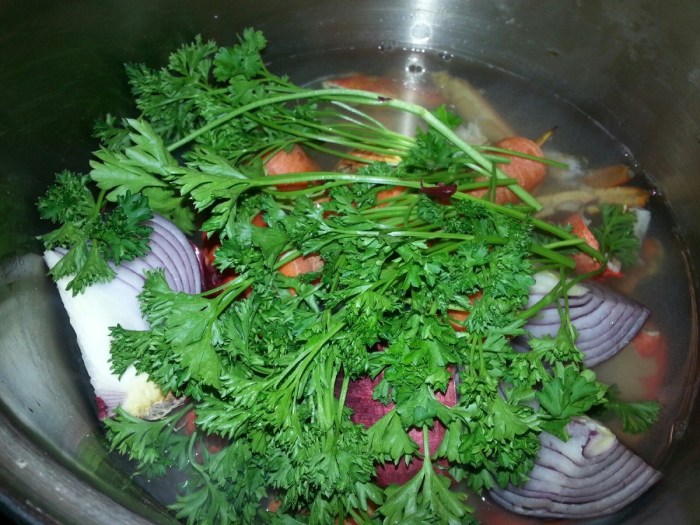
Source: saymedia-content.com
- Grilled cheese sandwich
- Garlic bread
- Simple green salad
- Assorted crusty bread
Troubleshooting and Recipe Adjustments
This section addresses common issues and provides solutions for dietary adaptations and storage.
Common Mistakes and Solutions, Recipe for crab bisque soup
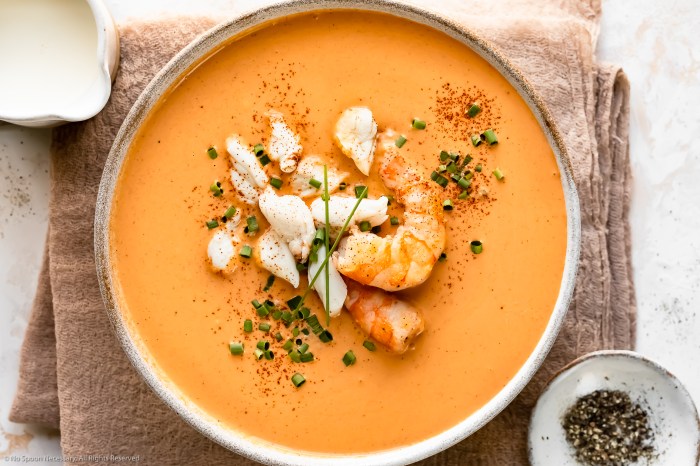
Source: nospoonnecessary.com
Overcooking the crab meat can make it tough. Adding the crab meat at the end prevents this. A lumpy bisque usually results from inadequate blending or rushing the roux-making process. Ensure thorough blending and proper roux development.
Dietary Adaptations
For a gluten-free version, use gluten-free flour for the roux. A dairy-free version can substitute coconut cream or cashew cream for heavy cream. Adjust seasonings as needed to complement the new flavor profile.
Crafting a delectable crab bisque requires careful attention to detail, balancing the richness of the crab with complementary flavors. For a similarly satisfying yet simpler soup base, consider using a different approach, such as the easy preparation detailed in this potato lipton onion soup recipe ; its robust flavor profile could inspire variations for your crab bisque. Ultimately, both recipes highlight the versatility of soup-making and the joy of culinary experimentation.
Storage and Reheating
Store leftover crab bisque in an airtight container in the refrigerator for up to 3 days. Reheat gently on the stovetop or in the microwave, avoiding boiling, to maintain its quality and prevent separation.
Essential FAQs
Can I use frozen crab meat?
Yes, but ensure it’s high-quality and thawed completely before use. Pat it dry to remove excess moisture for best results.
How long can I store leftover crab bisque?
Store leftover bisque in an airtight container in the refrigerator for up to 3 days. Reheat gently on the stovetop or in the microwave.
What if my bisque is too thick?
Thin it out gradually with a little warm broth or water until you reach your desired consistency.
What are some good gluten-free alternatives for thickening?
Use a cornstarch slurry or a roux made with gluten-free flour (e.g., rice flour or almond flour).




